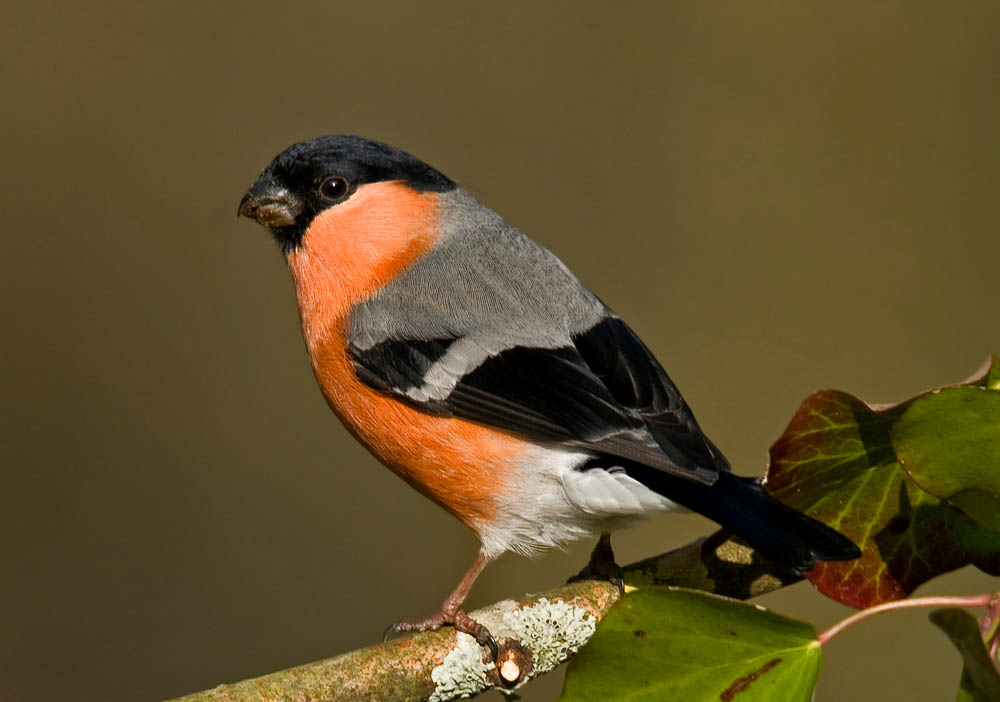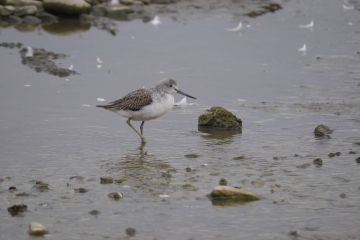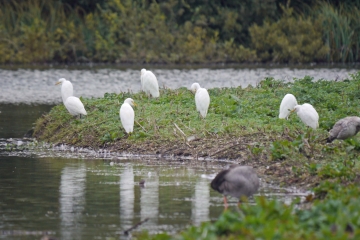Sightings for Sunday 12 June

We have turned the corner as we are seeing the return migration and the definite end of the breeding season for some species of birds here on the reserve. All this bird action suggests an autumnal feel as the Orchids burst into flower and the day flying insect season is just getting going for summer.
Vegetation is growing up next to some hides, some of it grows rapidly, we have been unable to cut this as it provides cover for fledged young birds and avoids them being predated or we have birds nesting nearby that we do not want to disturb from their early incubation stages, we plan to cut the vegetation as soon as the opportunity arises.
Broods- Our first Tufted Duck broods are appearing, two females with large broods were in the Rushy Pen this morning. Broods of Gadwall have also been seen. Shelduck broods are appearing everywhere from the estuary to the scrapes but are very easy to see and photograph in the Big Pen. We have 6+ Mute Swan families and broods of Greylag now have some very well grown and scruffy young. Perhaps most attention is going the Monty and Sedge the Crane Project pair that have a single chick on the Rushy Pen. The Black-headed Gull colony on South Lake is still very busy, many young have fledged and are leaving the nest to await feeding on the wader scrape and causeways. Fresh juvenile Black-headed Gulls can cause identification confusion so beware if you are a beginner and not familiar with them.
Breeding waders- Oystercatcher have young on South Lake (two broods of at least one each) Big Pen, two broods of one each and Rushy Pen, a brood of two? We still have 2-3 pairs nesting on site yet to hatch. A pair of Little ringed Plover have taken up residence and may settle to breed, the large scale improvements to the islands and scrape we made last autumn was partly in hope of attracting this species to nest here again. We now have 14 Avocets nesting on South Lake with more nest building. The Rushy Pen has nesting Avocets and broods that have hatched, another colony is at the Holden Tower. A pair of Lapwing have 4 chicks on South Lake, more pairs are defending young on the Dumbles and other parts of the reserve.
Summering/passage waders- 41 Black-tailed Godwit on the scrapes (esp South Lake) have been joined by a female Bar-tailed Godwit. Green Sandpipers and a single Common Sandpiper were seen on the scrapes today. Rushy Pen/Tack Piece is best for these species. A Golden Plover was seen on the Dumbles.
Estuary- At least 10 Oystercatcher present today and at least 14 Curlew have returned from failed or no breeding attempts elsewhere. An increasing flock of over 200 Shelduck are targeting the mud for their favoured feeding grounds. All these birds are best looked for from Holden Tower or Middle Point over the high tide period (low tide for feeding Shelduck).
Passerines- Bullfinches are secretive but present in many places, males were showing a few feet from the Kingfisher Hide this morning and at the Duck hut bushes adjacent to the centre. Reed Warblers are everywhere and Reed Buntings are singing in many spots, the Kingfisher Hide is best. Breeding Swallow and House Martins are joined by Swifts as they feed over the marshes and lakes during the day.
Ducks- We have over 50 Teal on the scrapes, a male Garganey was among them in the SW section of the Top New Piece flood. Best viewed with a scope from Zeiss Hide. This bird has finished his duties for the summer as it now begins the eclipse moult and is scruffy. About 20 Shoveler and 100+ Gadwall are also on the deeper scrapes in readiness to moult.
Other- a female Marsh Harrier is still present on the reserve and was seen from the hides again today. A flock of Canada Geese are on the estuary and a flock of Barnacle Geese can be seen on the Dumbles/Tack Piece


